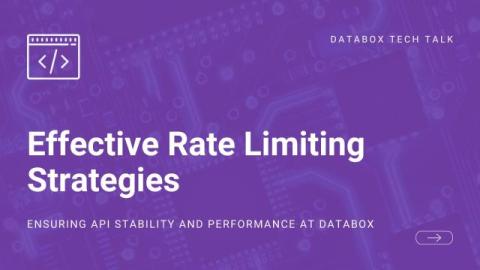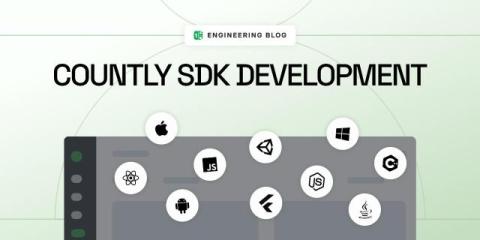Qlik AutoML Series - Adding the SHAP Data - Video 4
This video shows you how to add the SHAP data to your Qlik Sense App - so you can prepare analytics about the influencers behind the predictions and eventually use this data to explore some new predictive scenarios with our Qlik AutoML connector.









